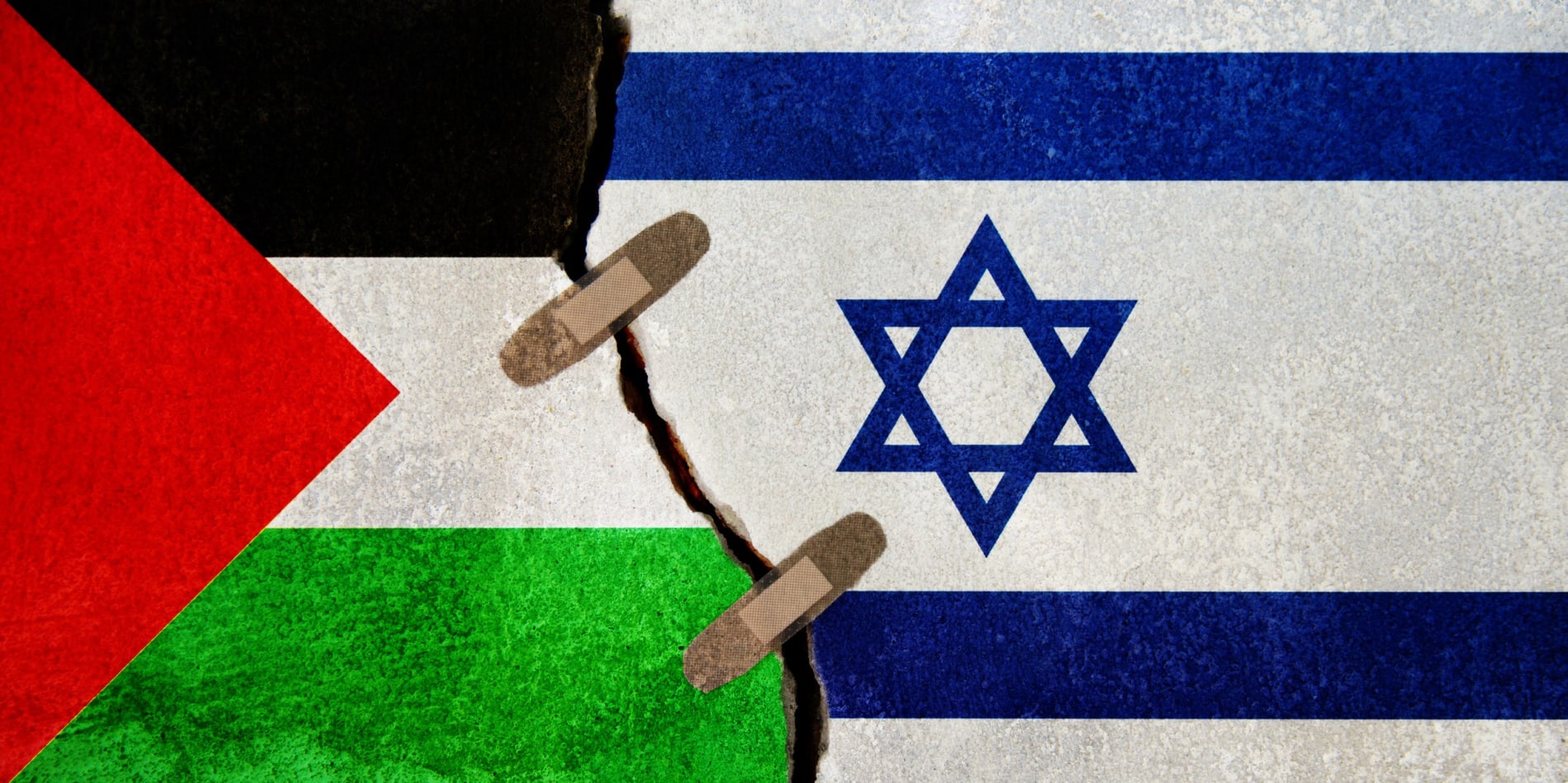May 30, 2025
On May 29, 2025, a potential breakthrough emerged in the Israel-Hamas conflict as the White House announced that Israel has accepted a new U.S. proposal for a 60-day ceasefire with Hamas. This development signals a glimmer of hope amidst a conflict that has claimed over 54,000 Palestinian lives since October 7, 2023, according to the Gaza Health Ministry. However, with Hamas still evaluating the proposal and conflicting reports circulating, the path to peace remains uncertain.
The ceasefire proposal, brokered by U.S. envoy Steve Witkoff, outlines key terms aimed at de-escalating the violence that has displaced 90% of Gaza’s 2 million residents. Under the agreement, Hamas would release 10 living hostages and several bodies during the 60-day pause, while Israel would free over 1,100 Palestinian prisoners, including 100 serving long sentences for deadly attacks. Additionally, hundreds of trucks carrying food and humanitarian aid would be allowed into Gaza daily, addressing a crisis that has pushed the population to the brink of famine. Israeli forces would pull back to positions held during a previous ceasefire that ended in March 2025, with guarantees of serious negotiations for a long-term truce and assurances that Israel will not resume hostilities post-release.The announcement, confirmed by White House press secretary Karoline Leavitt, came after Witkoff expressed optimism earlier in the week about brokering a deal to halt the war and secure the release of hostages. Hamas, which still holds 58 hostages—around a third believed to be alive—has reportedly agreed on a “general framework” with Witkoff, seeking a lasting ceasefire, full Israeli withdrawal, an influx of aid, and a transfer of power to a politically independent Palestinian committee. However, Israeli Prime Minister Benjamin Netanyahu remains steadfast in his goal to destroy or disarm Hamas and secure the release of all hostages before ending the war, even proposing to control Gaza indefinitely and facilitate the “voluntary emigration” of its population—a plan widely criticized as a potential violation of international law.

The conflict’s roots trace back to October 7, 2023, when Hamas militants attacked southern Israel, killing 1,200 people, mostly civilians, and abducting 251 hostages. Israel’s retaliatory campaign has since devastated Gaza, destroying vast areas and displacing hundreds of thousands into squalid tent camps and unused schools. More than half the hostages have been released through previous ceasefires or deals, with eight rescued and dozens of bodies recovered. Yet, the ongoing violence has fueled a humanitarian catastrophe, with thousands of Palestinian deaths and a nearly three-month Israeli blockade exacerbating the suffering in Gaza.
Despite the White House’s confirmation, the announcement faced immediate skepticism. Social media users reported that “Israel just denied this fake post,” raising doubts about the report’s accuracy. (as per reply on post of The Hindu on X) . However, further investigation suggests this claim likely refers to earlier rejections of different proposals. Reports from May 26 and 27, 2025, indicated Israel had rejected prior terms as “unacceptable,” but White House and Reuters statements on May 29 confirm Israel’s acceptance of this specific proposal. The Guardian also noted that Netanyahu informed hostage families of the acceptance, lending credibility to the report.
As of May 30, 2025, Hamas has yet to accept the proposal, and discussions remain ongoing. The stakes are high for both sides. Netanyahu faces political pressure from far-right coalition partners who threaten to topple his government if the war ends prematurely, while Hamas fears that releasing hostages without a permanent ceasefire could allow Israel to resume its campaign with even greater force. For the people of Gaza, the ceasefire offers a desperately needed reprieve, but the fragility of past truces and the deep-seated mistrust between the parties cast a shadow over its success.
This development underscores the complexity of achieving peace in a conflict marked by decades of hostility. While Israel’s acceptance of the U.S. proposal is a step forward, the road to a lasting resolution remains fraught with challenges, requiring careful monitoring in the days ahead.



